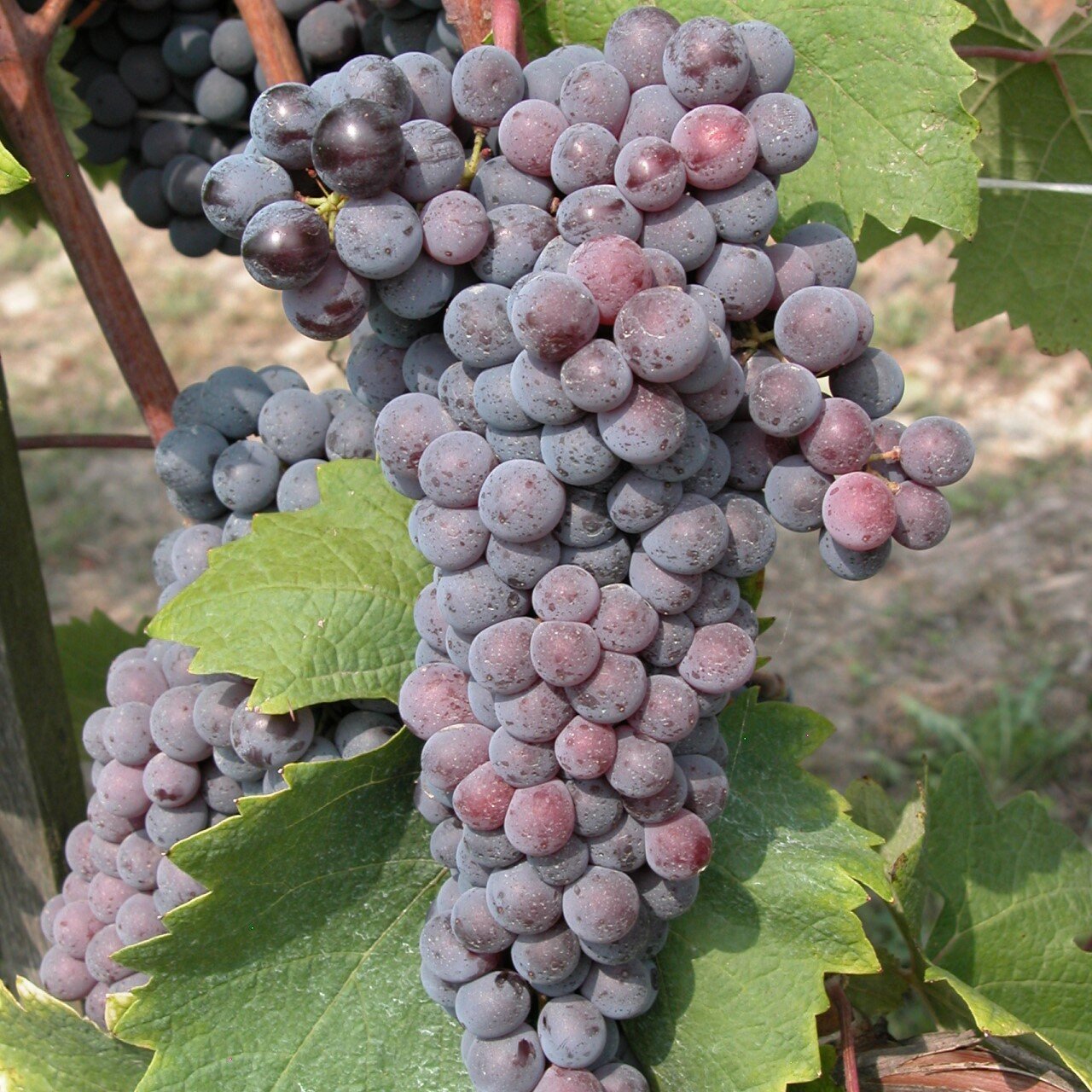The origin of this red-wine grape variety native of Piedmont is undoubtedly the Monferrato and in particular the area between Asti and Casale, where it still finds its greatest expansion, although it is common in other areas of Piedmont and Lombardy, where is known by the name of Barbesino. Mentioned in historical documents dating back to the late eighteenth century and described by Giuseppe Acerbi in 1825 in the work “Delle Viti Italiane o sia materiali per servire alla classificazione”, it received the congratulations of King Umberto I of Italy at the National Exhibition of Wines of 1891, even though the low yields have always influenced its spread. Quite sensitive to disease, it requires excellent exposure to the sun because of the late and uneven ripening; it especially prefers dry and light soils. Its berries are medium-sized, particularly rich in grape seed; in the local dialect of Asti it is referred to as "grignole", a term which probably gave it its name.
GRIGNOLINO GRAPE
Berry colour: black.Productivity: good, but often inconstant.
Leaf: medium-sized, three-lobed and sometimes lobed.
Bunch: clustered, often with two wing projections, with slightly oval grapes, red-purple colour with low intensity.
Ripening: beginning of October.
Wines: Grignolino d’Asti Doc, Grignolino del Monferrato Casalese Doc, Piemonte Grignolino Doc.



